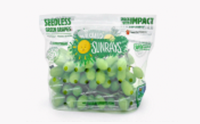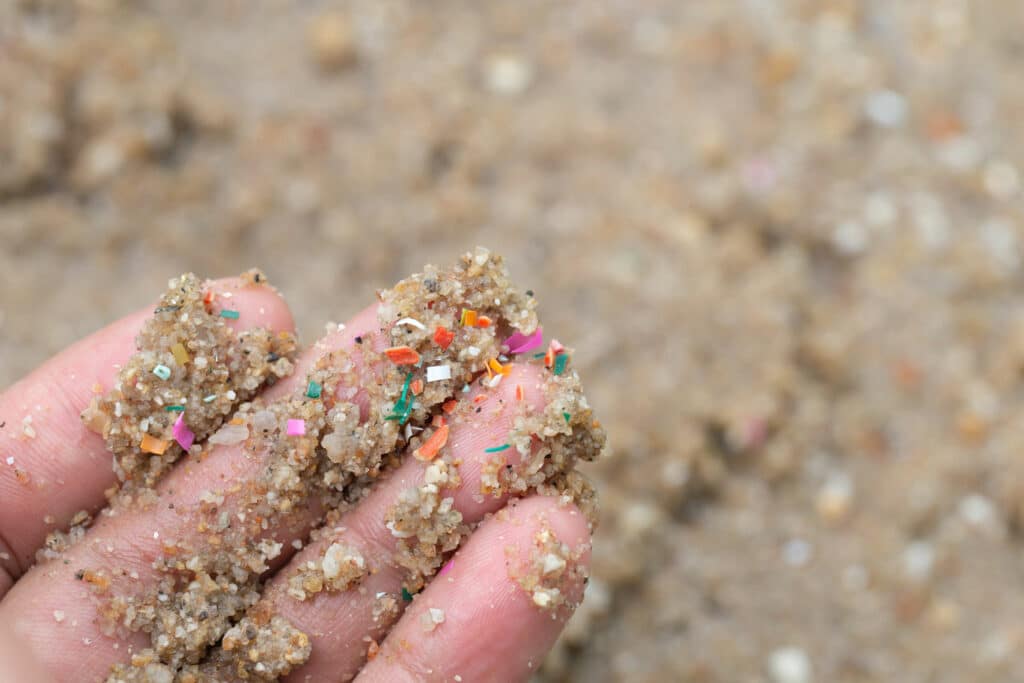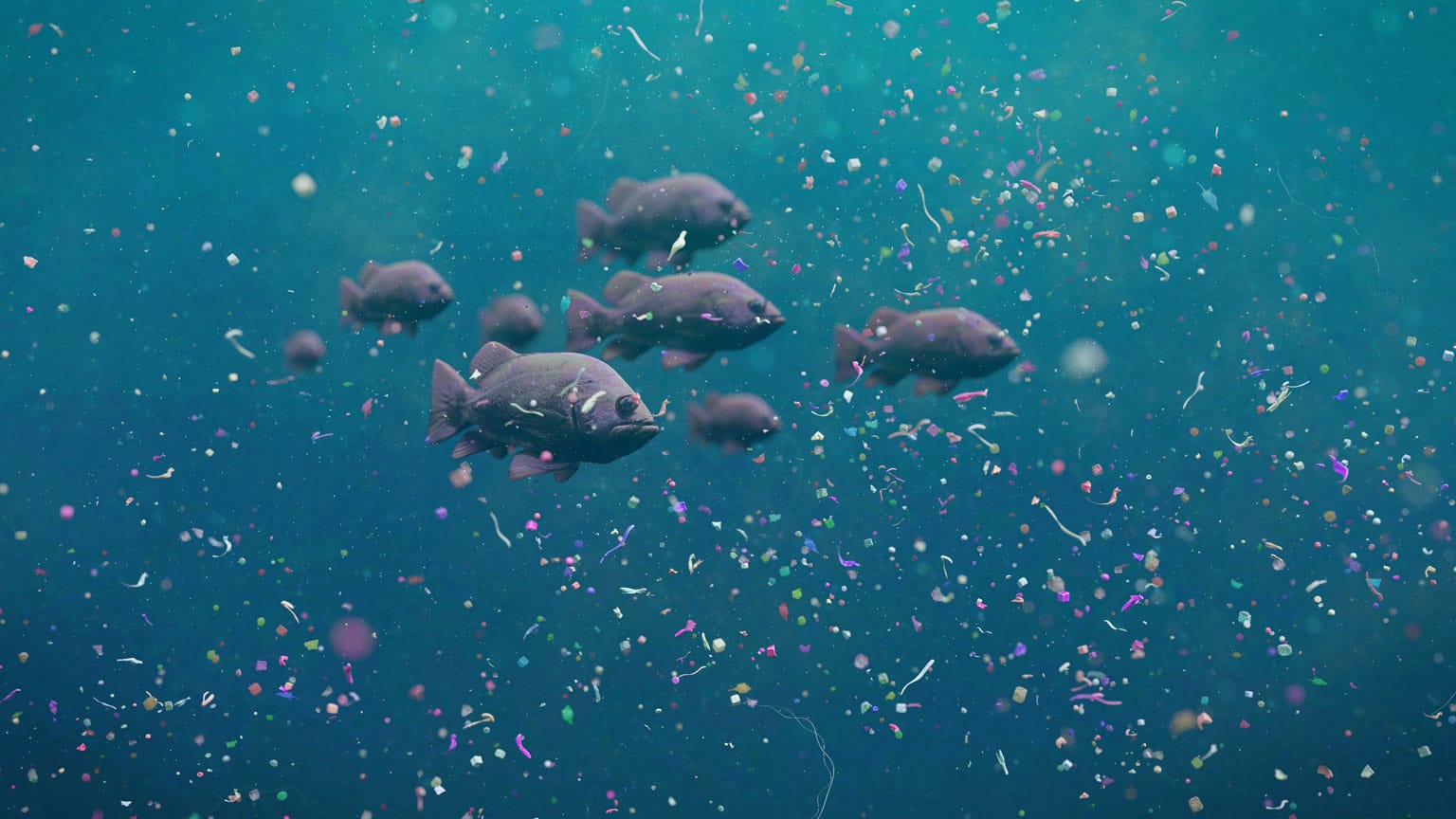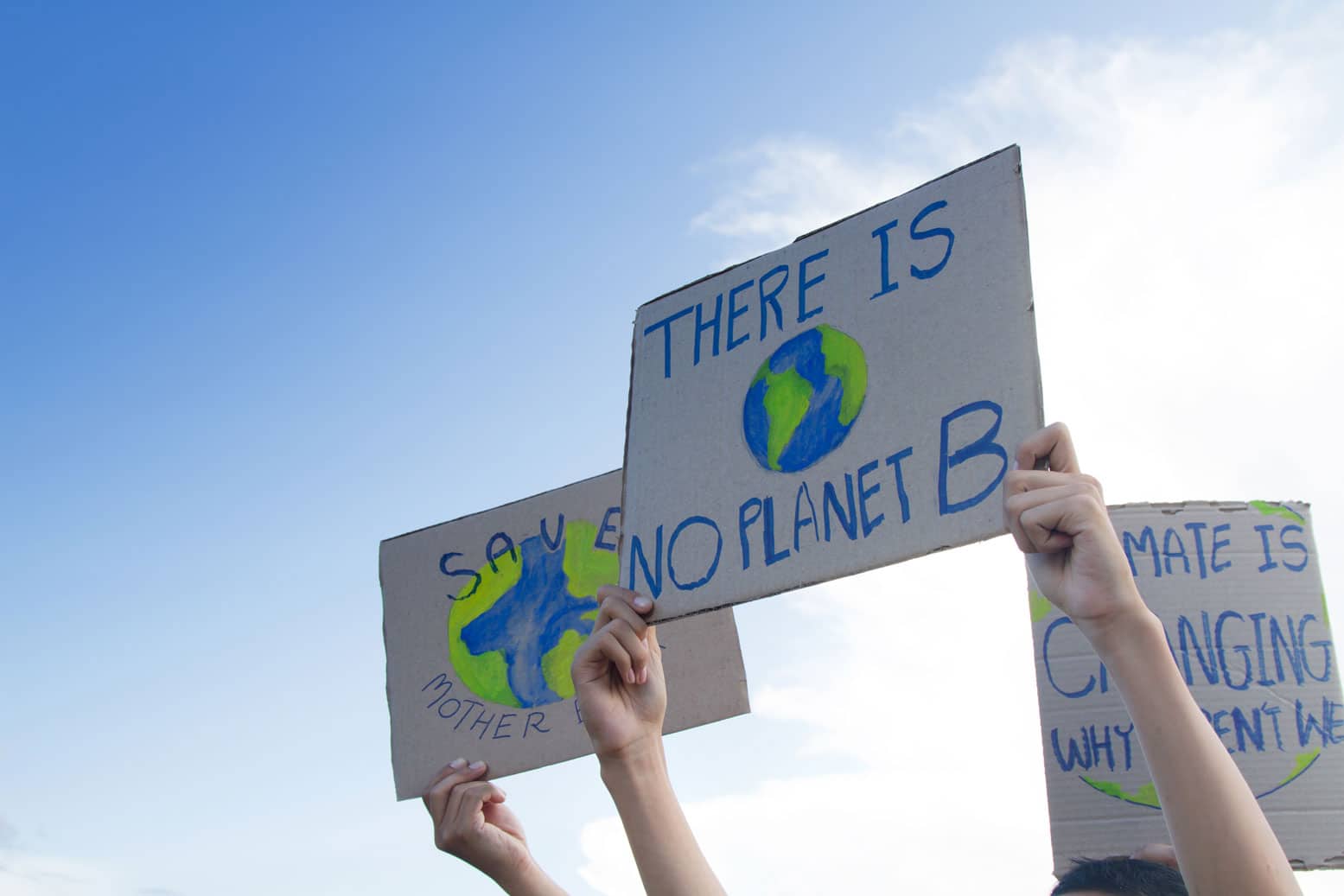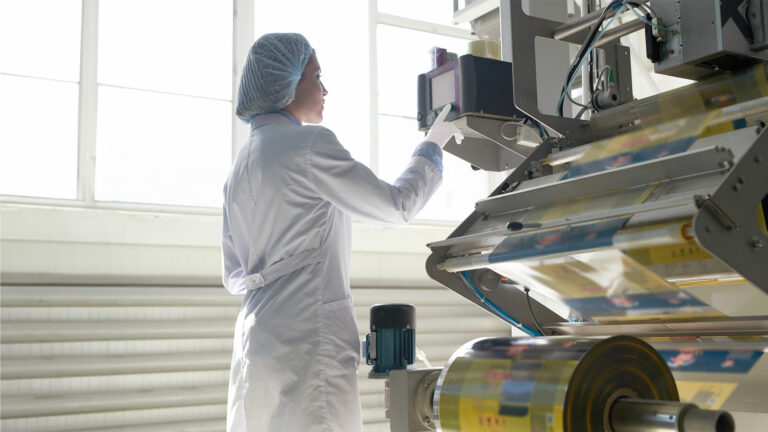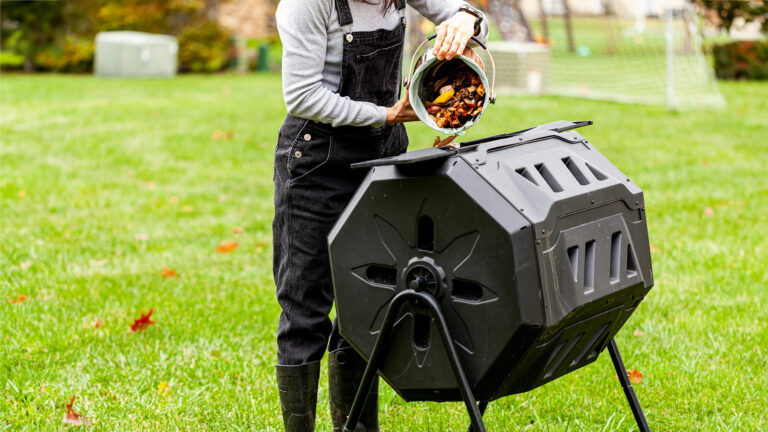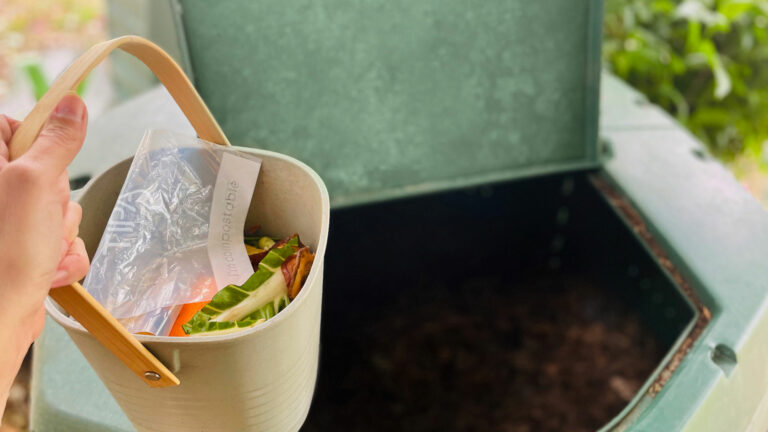We have reached an unimaginable level of plastic production, globally: 8.3 billion tons have been produced since plastic was first introduced in the 1950s. Today, 380 million tons are produced annually. In fact, if the plastics industry were a nation, it would be the fourth largest emitter of CO2 after China, U.S.A, and India.
That much?! how is it possible? Well, let’s take a look at a typical person’s life:
Morning. Cell phone alarm clock, made of plastic, wakes you up.
A plastic toothbrush and a plastic tube of toothpaste are used to brush your teeth.
You turn on the plastic coffee machine and help your daughter find her plastic toy, which she puts in her plastic bag.
You both get dressed… in plastic? Look at your clothes tags: polyester, acrylic. Yes – plastic.
You get the picture.
380 million tons makes sense now. Scary, but makes sense.
Yet these daily objects serve a purpose, you’ll say. But what happens when we no longer need them?
In documentaries and in reality, we’ve all seen the disturbing images: plastic bottles thrown on the side roads, plastic bags flung through the woods, snack bags scattered on the beaches, drifting to the oceans.
We move our heads aside so we won’t see the unpleasant side of the planet, and luckily there are enough places we can find that are clean and the air is clear, and we can breathe a sigh of relief.
But the truth is that plastic is everywhere, even if we can’t see it.
It’s called microplastic.
What is microplastic?
Microplastics are tiny particles of plastic, ranging in size from 10 nanometers – smaller than the human eye can see – to 5 millimeters, about the size of the eraser on the end of a pencil.
A sphere, fragment, granule, pellet, flake, bead, filament, or fiber are among the many shapes they exist in.
Known for spreading easily throughout the environment, into food, water, and the atmosphere, they can be toxic to many ecosystems due to their physical and chemical properties. They were formally designated as a new air pollutant, joining the ever-growing list of pollutants like asbestos, benzene, fuel oils, and other substances in the air that, in high enough concentrations, could harm humans, animals, vegetation or materials.
How does plastic become microplastic?
Microplastics are typically categorized as primary or secondary microplastics.
Primary microplastics are tiny particles that have been intentionally made for commercial purposes, like hand cleaners, facial scrubs and toothpaste.
A secondary microplastic is formed when larger plastic items, such as water bottles, break down.
Environmental factors, mainly the sun’s radiation and ocean waves, cause this breakdown. Single-use products are the major source of secondary plastics in the environment.
The focus of this article will be secondary microplastics.
Is there microplastic in food?
In 2018, a study analyzing stool samples from participants around the globe found 20 microplastic particles per 10 grams of stool. The study demonstrated that plastic reaches the human gut and that all food chains are likely contaminated.
This assumption was strengthened in 2019, when the results of a study on fish, shellfish, sugar, salt, beer, and water showed that the average person consumes 50,000 microplastic particles annually, or, if you will, five grams of microplastics a week – about the weight of a credit card.
A major source of human exposure to microplastics is the migration of chemicals from packaging – into foods and beverages that they’re packed in; this occurs because some plastic polymers used for food packaging degrade when they are exposed to acidic foods, ultraviolet light, or heat, allowing them to leach into the food. It was no surprise, then, to discover that people drinking only bottled water would consume 130,000 particles each year from that source alone, 22 times more than people drinking from the tap.
According to several other studies, microplastics are present in fruits and vegetables, including apples, broccoli and carrots, and even in plants, that can absorb them through their roots.
What’s worse is that all these figures are likely to be underestimated, since only microplastic particles were taken into account and not nanoplastic, which are significantly harder to identify.
Is there microplastic in the ocean?
Today, there are about 14 million tons of microplastic in the ocean and this amount is expected to nearly triple by 2040. Scientists initially assumed that all the plastic that drifted to the oceans was destined to float in garbage patches and gyres, however, 99.8% of plastic that entered the ocean since the 1950s had sunk below the first few hundred feet of the ocean.
Thus, it is not surprising that 700 species come into contact with marine debris, and 92% of these encounters are with plastic. As a result of its size and color, animals mistake microplastic for food, which poses a severe threat to them, including cuts and damaged internal organs, reduced food intake, delayed growth and reproductive problems.
In addition, it allows small invasive species to spread much more efficiently, thereby wiping out other species and destroying marine environments completely.
It is not only marine animals that are affected, but also us humans. Microplastic has been found in edible fish and has proven to penetrate human systems by biomagnification.
Does microplastic harm our health?
The study of physical damage to humans is still in its infancy, and the whole picture is not yet known. However, many researches in the past few years claim that the ingestion, inhalation, and contact of these tiny-yet-vicious practicles can cause a variety of health effects, including cancer, cardiovascular disease, inflammatory bowel disease, diabetes, stroke and more. In 2022, microplastic was detected for the first time in human blood, in the lungs and as a carrier of viruses. Some pieces are so small that they can penetrate human tissues, where they could trigger immune reactions.
Microplastics have recently been found also in the placentas of unborn babies, with potential effects including reduced fetal growth.
Another study has found that babies fed with plastic bottles swallow millions of microplastic particles daily and it appears that breast-fed babies aren’t immune either, as microplastic was also detected in human breast milk. Since babies and young children are more vulnerable to chemical exposure than adults, that concerns scientists greatly.
The ironic cases of microplastic creation when fighting plastic pollution
The recovery and recycling of plastic products has increased dramatically in recent years as a strategy to achieve sustainable production and minimization of plastic pollution. However, research examined the plastic inputs and effluent outputs of three mechanical recycling facilities dealing with electronic, bottle, and household plastic waste, found that large quantities of microplastics are generated and released to the aquatic environment during mechanical recycling.
Another ironic case of such is plastic-modified roads. These were considered a promising approach to reducing landfilled and incinerated plastics and improving asphalt pavement performance.
For example, in Australia, 5 million pieces of flexible plastic packaging are collected each day from the country’s largest supermarkets and are turned into roads.
But it turned out that incorporating recycled plastic as a polymer modifier in the bitumen matrix resulted in an early release of microplastics; cold weather and acid rain conditions were found to facilitate the release of microplastic from plastic-modified asphalt.
Does incineration of plastic terminate microplastic?
Approximately 12% of plastic has been incinerated since its rise. Struggling to manage the ever-increasing amount of plastic waste, some cities and governments turned to waste incineration, that’s on its surface may seem like a viable quick-fix, with “waste-to-energy” or “plastic-to-fuel”, promising not only to reduce the volume of waste, but also to generate energy. However, recent studies revealed it is actually a source of microplastics released into the environment.
All plastic waste management technologies, including incineration, result in the release of toxic substances. Workers and nearby communities are exposed to these substances through inhalation of contaminated air, direct contact with contaminated soil or water, and ingestion of foods that were grown in this environment. Toxins from emissions, fly ash, and slag in a burn pile can travel long distances and deposit in soil and water, eventually entering human bodies, triggering respiratory health problems, particularly among children, the elderly, people with asthma, and those with chronic heart or lung disease.
How can we fight the microplastic pandemic?
The bans and taxes on single-use plastics, which exist in more than 120 countries, fail to reduce pollution overall;
Recycling, which was supposed to be the world’s silver bullet in the fight against plastic pollution, has recently been shown to produce microplastic, as mentioned above. Incineration is no different.
Here is what we CAN do, for ourselves and for the planet:
- Refuse: say no to what you don’t need: single-use straws, plastic bottled water (there are so many alternatives!), those fruits and vegetables that come wrapped in plastic, unless they are put in compostable packaging.
- Reduce: buy secondhand clothes and electronics; Plan your meals properly. this will ensure you won’t over-purchase foods that you won’t eat, or will go off, and end up in the bin; If there are food scraps left – compost. that will reduce the weight in your rubbish bin, which is most likely coming mainly from these scraps.
- Redesign: Change linear thinking from make-take-dispose to circular thinking that includes end-of-life considerations; products that last a few days, such as bananas, are packaged in plastic that can last hundreds of years. Use alternatives, like compostable packaging, that were designed to go back to nature, just like the peel of that banana.









